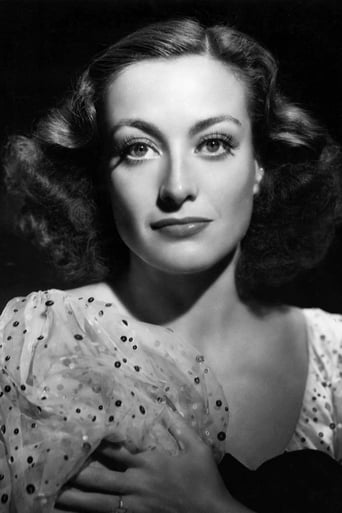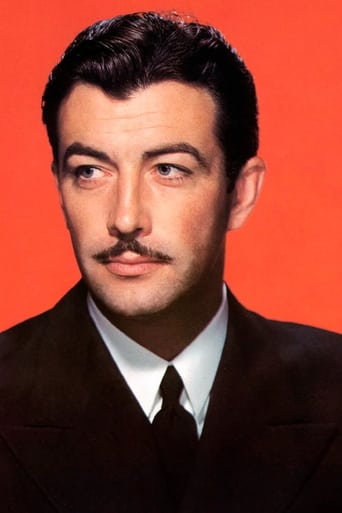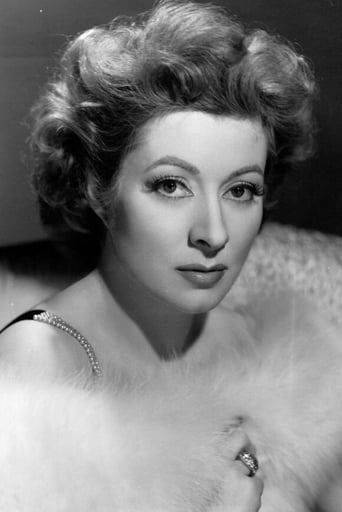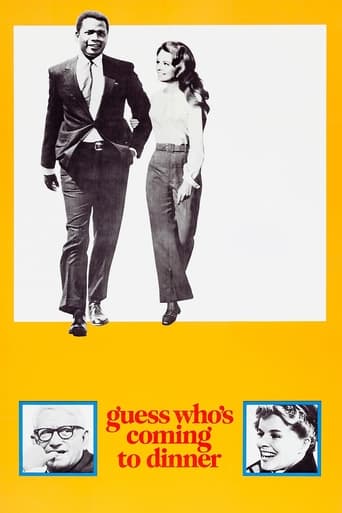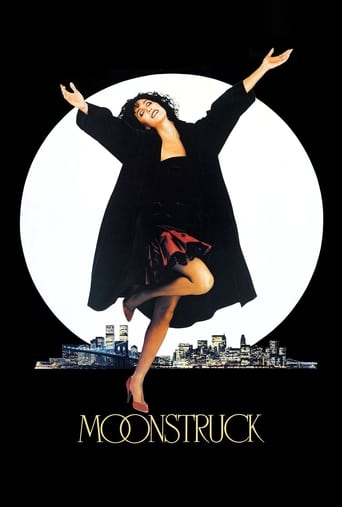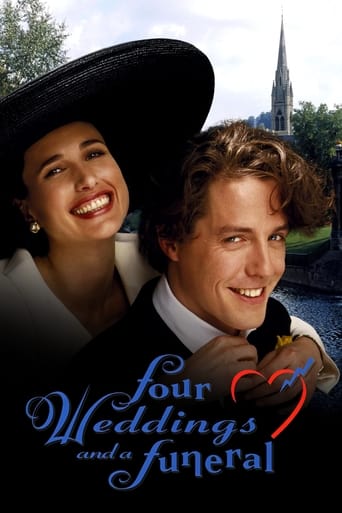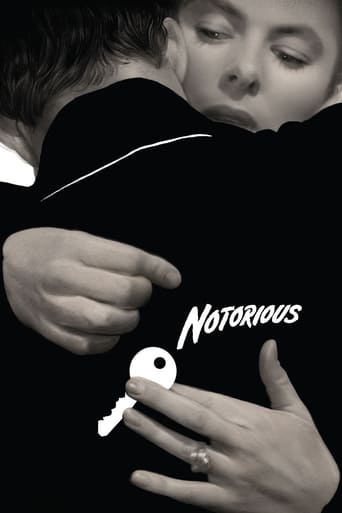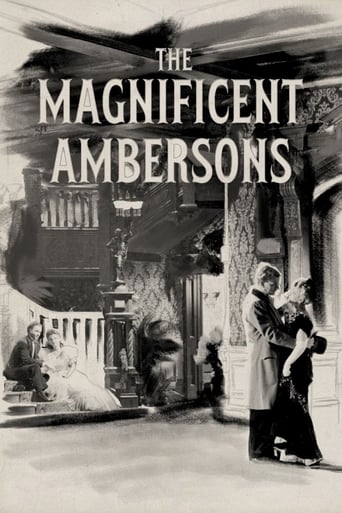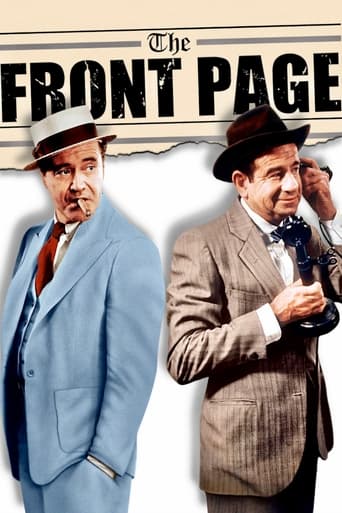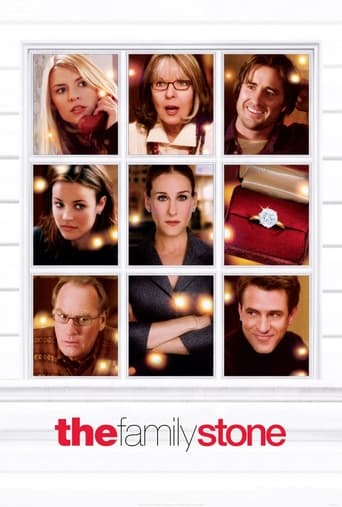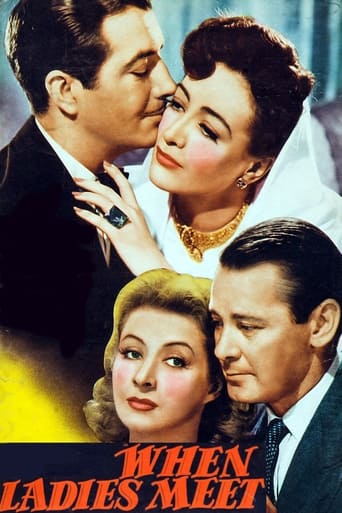
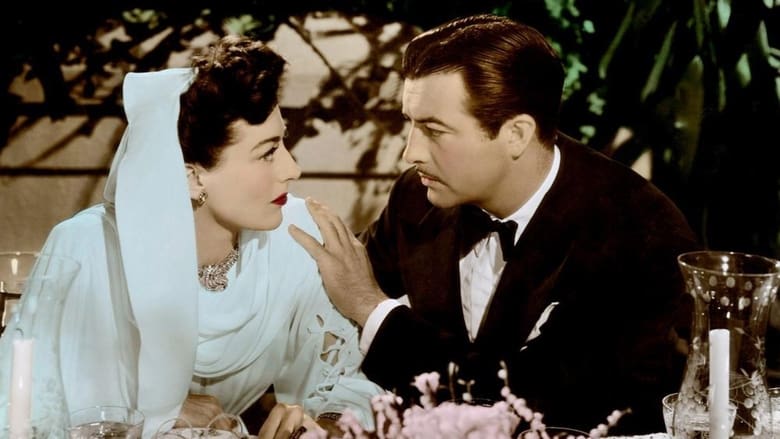
When Ladies Meet (1941)
Mary, a writer working on a novel about a love triangle, is attracted to her publisher. Her suitor Jimmy is determined to break them up; he introduces Mary to the publisher's wife without telling Mary who she is.
Watch Trailer
Cast


Similar titles
Reviews
Romance novelist Joan Crawford falls in love with married publisher Herbert Marshall. Crawford meets his wife, Greer Garson, at the home of loopy blabbermouth Spring Byington. Hard to say which is sillier, the acting, the plot, the dialog, the furniture or the clothes. Bad beyond belief. Hollywood at its phoniest. Reissued with the title "Strange Skirts," this has to be a drag queen's dream come true and a feminist's worst nightmare. A women's picture in the worst sense of the phrase. At one point, Greer Garson says "I've discovered it doesn't pay to be capable. Husbands don't approve." Herbert Marshall, supposedly a Don Juan, acts more like an undertaker. Points of interest: the producer's name is Dull, Joan Crawford and Greer Garson duet on a tune that's possibly the worst movie song ever, Robert Taylor and Herbert Marshall drive the exact same car, Spring Byington's rather effeminate male escort is her "decorator," and Joan Crawford's spacious Manhattan apartment is in the shadow of the Brooklyn Bridge but she blithely leaves her front door unlocked while she gardens and sprays DDT wearing white elbow length gloves that match her dress and hat. Unintentional laughs galore.
Two MGM divas get to have at one another in a most civilized, clipped-consonant fashion in this remake of a livelier 1933 comedy-drama, adapted from a hit Rachel Crothers play. Joan Crawford is a best-selling authoress on the brink of an affair with her publisher, Herbert Marshall, who is married to Greer Garson; meantime, Robert Taylor pines, rather inexplicably, after Crawford. I'm sure Joan was an intelligent woman, but playing a New York smart-set intellectual (with a downtown apartment whose garden is the size of a city block), she's unable to project intelligence; you simply can't believe this clothes horse could come up with the smart one-liners Anita Loos puts into her mouth, or that she could pen anything more complex than "The Little Engine That Could." You sense that MGM is building up Greer as it tears down Joan; it's a much more sympathetic part, and though Greer doesn't enter the film till nearly the second half, she dominates it from there on. I find Greer's charms calculated and her acting style obvious, but she has the audience on her side and is more interesting to watch than the ever key-light-seeking Crawford. Why either should pine after the doughy, monotonous Marshall is never clear, and the fadeout is so plainly headed toward a conventional-morality-circa-1941 ending that the drama never runs very high. (For all that, it's resolved quickly and capriciously, and unconvincingly.) But Robert Taylor, at least, is relaxed and unaffected (especially compared to this diphthong-happy trio), and Spring Byington expertly indulges in a ditsy-rich-lady characterization you'd more likely expect from Billie Burke or Alice Brady (who, in fact, played the role in the 1933 version). The real star is the set designer -- I don't know about you, but I want that weekend house of Byington's, with its water wheel and clear lake and Better Homes and Gardens design.
"When Ladies Meet" boasts a fine cast of Robert Taylor, Joan Crawford, Greer Garson and Spring Byington. The film is a classic stinker and I will tell you why.Crawford, a book writer, has designs on the editor, a play-boy played with little relish by Herbert Marshall. His early scenes are very stiff-like. He needed to breakout as he did with Bette Davis in "The Little Foxes."Taylor showed a flair for comedy but he is often silly. Handsome as the day is long, this romantic idol obviously smoked himself to death with his constant puffing throughout the film. No wonder he had a premature death, at age 59, in 1969.Byington is humorous but a little too much to take during the thunderstorm sequence. Her churlish ditsy behavior would have been appropriate had she been a munchkin in "The Wizard of Oz."It is with the meeting of Crawford and Garson that the picture begins to show dramatic depth. Cad Taylor has arranged it so that Garson can discover that Crawford has been having an affair with an unfaithful equally cad Marshall. It is only when that Taylor discovers that Garson is married to Crawford that she finally discovers ethics and ends the affair. We needed more of a fighting Crawford and not one who caves in to a lovely Garson. The latter acts like she is in rehearsal for "Mrs. Miniver" that followed in 1942.
"When Ladies Meet" stars Joan Crawford, Greer Garson, Robert Taylor, Herbert Marshall, and Spring Byington. It's a talky film obviously based on a play that starts out somewhat typically: A woman falls for a married man, but her boyfriend still loves her. The film turns to something else altogether "when ladies meet," i.e., the other woman and the wife. Greer Garson is the wife, married to Herbert Marshall, who plays Crawford's publisher, Rogers Woodruff, Crawford is Mary, the author/other woman, Taylor is the boyfriend, Jimmy, and Spring Byington is Bridget, a friend, in whose country house the big confrontations take place.Like Norma Shearer's vehicle, "Her Cardboard Lover," a year later, this film looks and plays like a '30s leftover. Everyone is very good, and if Robert Taylor's broader attempts at comedy are a little forced, his physical comedy is quite funny, the scene in the boat being one of the best. Unlike his 20th Century Fox counterpart, Tyrone Power, Taylor was uncomplicated and not very ambitious. Devastatingly handsome, he was content at MGM for over 20 years - his big complaint once he was out of there was that he didn't know how to make dinner reservations. MGM would force Crawford out with bombs such as "Under Suspicion" two years later, but here, she gets top billing and does a good job as a woman who still has her romantic illusions. While Crawford and Taylor have comic moments, Herbert Marshall's role has none - he's deadly serious and oh, so sincere as he breathes his love for Mary.But the show belongs to Greer Garson,. She has the best and the most sympathetic role as a woman who, despite numerous affairs, has loved and clung to her man. This and the constant talking make the movie somewhat dated - what woman would put up with such a serial philanderer after all (or, rather, admit to it) - but her character is extremely likable, her words heartfelt, her pain palpable, and she's stunning to look at as well.Definitely worth seeing for the wonderful stars but not up to the usual quality of films these actors did. MGM was obviously going through a transition and recycling old material when the '40s hit. I think the 1933 version of this was probably superior if only due to it being more of its time.


